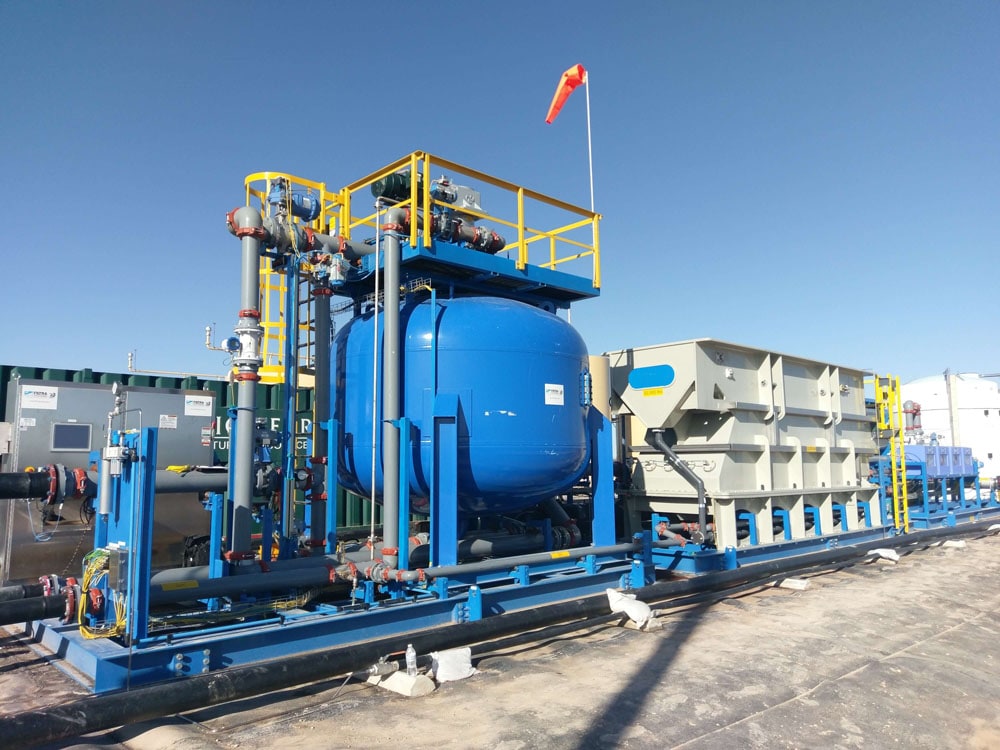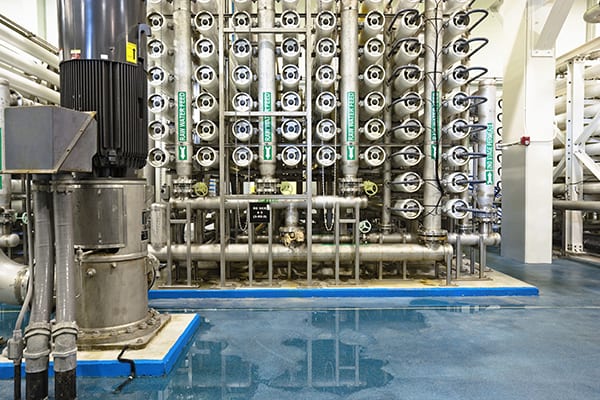Step-by-Step Water Treatment Process
Our water treatment process is a combination of mechanical, chemical, and biological techniques designed to purify raw water into clean, reusable, or discharge-ready water. Each stage plays a critical role in removing impurities and ensuring safety and efficiency.

Water treatment begins with **raw water collection** from sources like rivers, borewells, or industrial reuse systems. The collected water passes through mechanical screening to remove large solids, plastics, and debris.
Next, **coagulation and flocculation** help bind fine particles together using alum or polymer agents, forming larger clumps called flocs. These flocs then settle down during **sedimentation**.
- Intake and screening of raw water
- Coagulation and flocculation process
- Sedimentation for solid separation
- Filtration and disinfection
Advanced Filtration & Disinfection
After sedimentation, water passes through multi-media filters and activated carbon filters to remove fine particles, color, and odor. It is then disinfected using chlorine, ozone, or UV treatment to eliminate harmful microorganisms and ensure potability.
- Removes visible impurities and coarse materials
- Settling tanks for heavier solids
- Prepares water for biological treatment
- Uses aerobic and anaerobic biological processes
- Removes 85–95% of organic pollutants
- Produces cleaner effluent ready for filtration
- Removes dissolved salts and final contaminants
- Ensures compliance with WHO and CPCB norms
- Water becomes suitable for reuse or discharge








